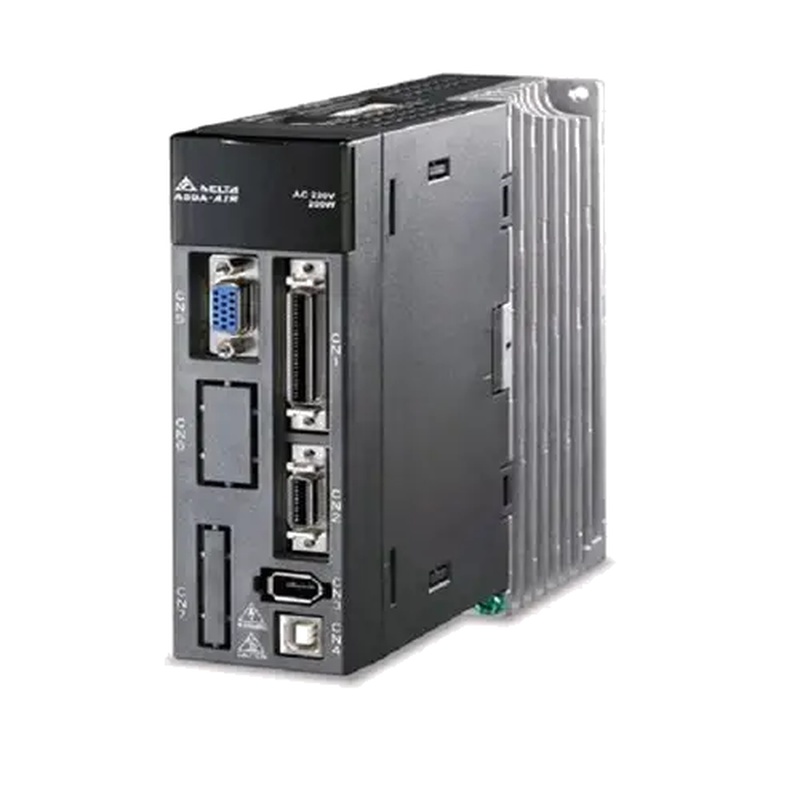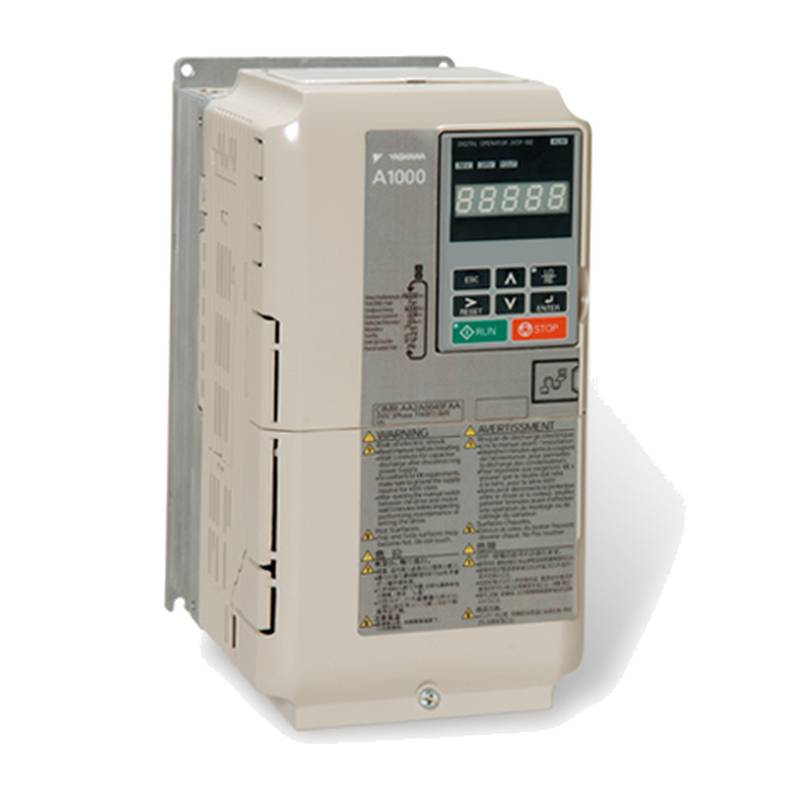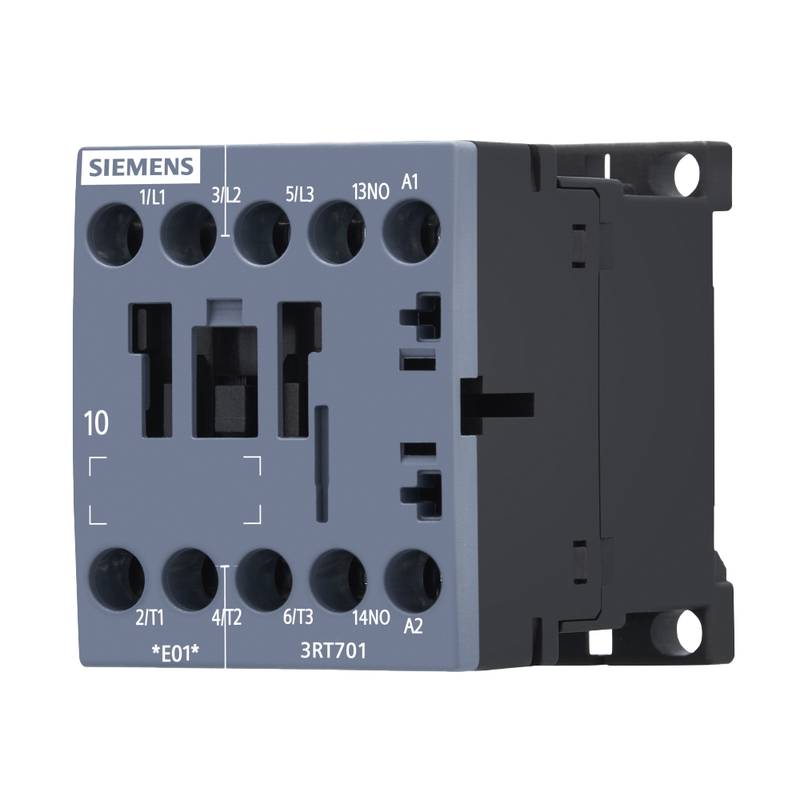
Siemens 7KT1667 Compact Power and Energy Meter: Precision Energy Monitoring for Industrial Applications
The Siemens 7KT1667 Compact Power and Energy Meter is a robust solution designed for precise energy monitoring within industrial and commercial electrical systems. This DIN rail-mountable device offers a comprehensive suite of measurement capabilities, including apparent, active, and reactive energy, along with voltage, current, frequency, and power factor. Its self-powered design and straightforward operation make it an ideal choice for panel builders and system integrators seeking reliable energy data. With a clear LCD display and M-Bus communication capabilities, the 7KT1667 facilitates efficient data acquisition and integration into larger energy management systems.
Product Specifications
| Parameter | Specification |
| :------------------------ | :---------------------------------------------------------------- |
| Model | Siemens 7KT1667 SENTRON 7KT PAC1600 |
| Type | Compact Power and Energy Meter |
| Display | LCD (Liquid Crystal Display) |
| Voltage (L-L) | 323 V to 456 V AC |
| Voltage (L-N) | 187 V to 264 V AC |
| Current (Rated) | 80 A |
| Frequency (Operating) | 45 Hz to 65 Hz |
| Energy Measurement | Apparent, Active, Reactive |
| Communication Interface| M-Bus |
| Power Supply | Self-powered |
| Mounting | DIN Rail (4 modular width units / 72 mm) |
| Protection Class | IP40 (Front), IP20 (Rear) |
| Dimensions (Net) | 361 g |
| Operating Temperature | -25°C to +55°C |
| Accuracy Class | Class 1 for Active Energy |
Core Features & Market Positioning
The Siemens 7KT1667 stands out in the competitive landscape of energy meters due to its compact design, comprehensive measurement capabilities, and seamless integration potential. It is positioned as a cost-effective yet highly accurate solution for basic to intermediate energy monitoring needs. Unlike more complex analyzers, the 7KT1667 focuses on core energy parameters, making it accessible and user-friendly for a broad range of applications. Its M-Bus interface is a key differentiator, enabling straightforward connection to building management systems or SCADA platforms for centralized data collection and analysis. The device's ability to measure import/export energy also positions it for applications requiring detailed energy flow tracking.
Key Application Scenarios
The versatility of the Siemens 7KT1667 makes it suitable for a diverse array of industrial and commercial applications. It is particularly effective in:
Sub-metering in Commercial Buildings: To track energy consumption of individual tenants, floors, or specific equipment, enabling accurate cost allocation and identification of energy inefficiencies. Industrial Distribution Boards: Providing essential data on energy usage for machinery, production lines, or specific plant areas, supporting operational efficiency and predictive maintenance. Renewable Energy Installations: Monitoring the import and export of energy to and from the grid, crucial for billing and performance analysis. Data Centers: Precisely measuring power consumption for IT infrastructure and cooling systems to optimize energy usage and reduce operational costs. Facility Management: Offering detailed insights into electrical load patterns, aiding in load balancing and demand management strategies.
Practical System Integration Guidance
Integrating the Siemens 7KT1667 into existing electrical systems is designed to be efficient. The unit mounts directly onto a standard DIN rail, occupying four modular width units. Wiring involves connecting the voltage and current inputs according to the system's phase configuration (three-phase with or without neutral). For communication, the M-Bus interface allows for simple connection to a compatible master device or gateway. It is essential to ensure that the supply voltage and current ratings of the system do not exceed the meter's specifications to prevent damage. Siemens recommends using fuses or miniature circuit breakers to protect the voltage measuring inputs. For Modbus RTU communication (if applicable to a specific version or related device), parameters like baud rate, format, and slave address need to be configured.
Operation and Risk Mitigation
Operating the 7KT1667 primarily involves reading data from its LCD display, which cycles through various measured parameters. Users can navigate through different display pages using the device's keys to view specific values like instantaneous current, voltage, active power, and cumulative energy consumption. For safety, it is paramount that installation and maintenance are performed by qualified personnel. Always ensure the power supply is de-energized before making any connections or disconnections to avoid the risk of electric shock. The device is designed with specific voltage and current limits; exceeding these can lead to damage or failure. Proper environmental conditions, including avoiding condensation, are also critical for long-term reliability.
Scalability & Long-Term Value
The Siemens 7KT1667 offers significant long-term value through its integration capabilities. While a standalone meter, its M-Bus interface allows it to be a node within a larger Siemens powermanager or other compatible energy management software platforms. This integration enables a scalable approach to energy monitoring, where individual meters can be added to a network as facility needs grow. By providing accurate, reliable data, the 7KT1667 supports ongoing efforts in energy optimization, cost reduction, and compliance with energy management standards like ISO 50001. Its robust construction ensures a long operational life, minimizing the need for premature replacements.
---
Frequently Asked Questions (FAQs)
1. What are the primary advantages of using the Siemens 7KT1667?
The 7KT1667 offers precise measurement of key electrical parameters. Its compact DIN rail design saves panel space. It provides essential data for energy management and cost allocation.
It features a clear LCD display for easy on-site readings. The M-Bus interface simplifies integration into larger systems.
This meter is self-powered, reducing installation complexity and external wiring needs. Its robust construction ensures reliable performance.
2. Can the Siemens 7KT1667 measure both imported and exported energy?
Yes, the Siemens 7KT1667 is capable of measuring energy flow in both directions. This functionality is crucial for applications involving generation and grid interaction.
It allows for detailed tracking of energy imported from the grid and energy exported to it. This feature supports accurate billing and analysis in distributed generation scenarios.
Understanding import/export energy is vital for optimizing self-consumption and grid participation strategies.
3. What is the communication protocol used by the Siemens 7KT1667?
The Siemens 7KT1667 primarily utilizes the M-Bus communication protocol. M-Bus (Meter-Bus) is a standardized protocol for remote reading of meters.
This allows the 7KT1667 to be easily integrated into building automation systems or SCADA platforms. A master device polls the meter for its measurement data.
Other Siemens devices in the PAC1600 series may offer additional interfaces like S0 or Modbus RTU.
4. How is the Siemens 7KT1667 installed in a control panel?
Installation is straightforward as the 7KT1667 is designed for standard DIN rail mounting. It occupies four modular width units (72 mm) of space.
Wiring involves connecting the appropriate voltage and current leads according to the electrical system configuration. Ensure power is off before wiring.
The device is self-powered, meaning it draws power from the measured circuit, simplifying wiring.
5. What are the voltage and current ratings for the 7KT1667?
The meter is designed for a rated current of 80 A for direct connection. Its operating voltage range is 187-264 V AC between Line and Neutral (L-N).
For Line-to-Line (L-L) voltage, the operating range is 323-456 V AC. It operates on AC systems with frequencies between 45 Hz and 65 Hz.
Exceeding these specified voltage or current limits can damage the device.
6. Does the Siemens 7KT1667 require a separate power supply?
No, the Siemens 7KT1667 is a self-powered energy meter. It draws the necessary power for its operation directly from the electrical circuit it is measuring.
This self-powered design simplifies installation by eliminating the need for an additional external power supply connection. It reduces wiring complexity and potential points of failure.
Ensure that the connected circuit provides power within the meter's specified voltage operating range.
7. What types of energy can the Siemens 7KT1667 measure?
The 7KT1667 can measure apparent energy, active energy, and reactive energy. It also measures related parameters like voltage, current, and power.
Active energy is the energy consumed by the load (measured in kWh). Reactive energy is related to inductive or capacitive loads. Apparent energy is the vector sum of active and reactive power.
Accurate measurement of these energy types is fundamental for comprehensive energy management and billing.
8. What is the accuracy class of the Siemens 7KT1667 for active energy?
The Siemens 7KT1667 features an accuracy class of 1 for active energy measurements. This indicates a high level of precision for its intended applications.
Accuracy class 1 means the meter's measurement error is within ±1% of the measured value. This is suitable for most industrial and commercial sub-metering needs.
For applications requiring higher precision, MID-certified versions or devices with accuracy class 0.5 or better might be necessary.
9. Can the Siemens 7KT1667 be integrated with Siemens energy management software?
Yes, the Siemens 7KT1667 is designed for integration with Siemens energy management software. Its M-Bus interface facilitates data transfer to platforms like powermanager.
This integration allows for centralized monitoring, analysis, and reporting of energy consumption data across multiple devices. It supports optimization efforts and cost reduction strategies.
By connecting to software, the meter contributes to a scalable and intelligent energy management system.
10. What are the typical operating temperature and environmental considerations for the 7KT1667?
The 7KT1667 is designed to operate within a temperature range of -25°C to +55°C. This broad range allows for installation in various industrial environments.
It's important to prevent condensation, which can occur if the device is moved between significantly different temperature zones without acclimatization. Ensure the device reaches ambient temperature before commissioning.
The front face has an IP40 protection rating, offering some protection against dust, but it is not suitable for wet or dusty environments without additional enclosure.
























